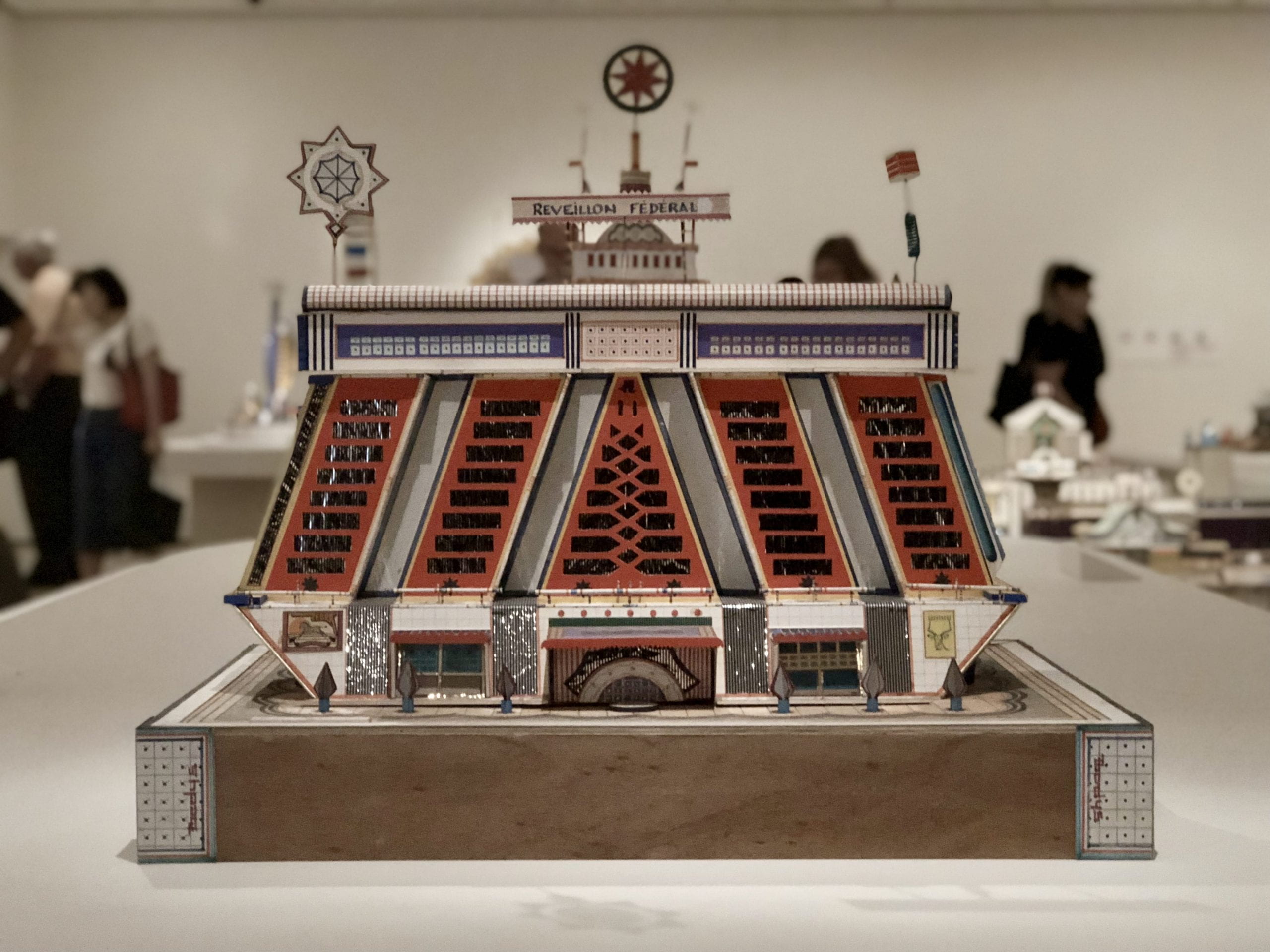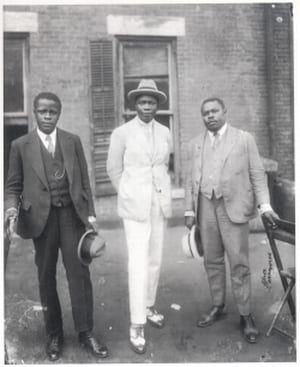Tag Africa
All photographs by Enrique Ramirez, click to enlarge + read captions By guest contributor Enrique Ramirez There was a moment upon entering Bodys Isek Kingelez: City Dreams, currently at MoMA until January 1, 2019, when I felt as if I… Continue Reading →
by Editor Sarah Claire Dunstan. One summer’s afternoon in 1923, a French barrister was enjoying a drink in a Parisian café. A man of broad experience and education, the barrister was also a medical doctor who had served in the… Continue Reading →
by guest contributor James Farquharson The year 2017 will mark fifty years since the start of the Nigerian Civil War. One of postcolonial Africa’s most devastating conflicts, the war left between one and three million people dead. This year is… Continue Reading →
by guest contributor Laetitia Citroen 2016 has been a particularly prolific year for the French-speaking African intellectual community, with symbolical landmarks like the appointment of a Congolese award-winning novelist, Alain Mabanckou, as guest-lecturer at the prestigious Collège de France in… Continue Reading →
by John Raimo As often as historians and art historians talk past one another, they also come together before common problems, questions, and sources. Both groups recognize the sheer power of images. Such a moment has reappeared in intellectual history…. Continue Reading →
by guest contributor Georgios Giannakopoulos The wave of student protests for racial tolerance and university reform in America recently crashed against the name of Woodrow Wilson. The eagerness to address Wilson’s racism prompted a discussion about his political legacy and… Continue Reading →



